Grasslands to rivers – restore, connect, enhance
Winter hedgelaying, limestone grasslands and the scent of wild marjoram – discover the experiences and motivations that have shaped the work of Holly Ramsden, Conservation Officer for the Ryevitalise project.
In this interview, Holly discusses how she first came to work in environmental conservation – a passion underpinned by an unwavering commitment to conserve and enhance the natural world.
She also shares memories of being out in nature and how such experiences help us to appreciate and better understand the important role nature plays in our lives.
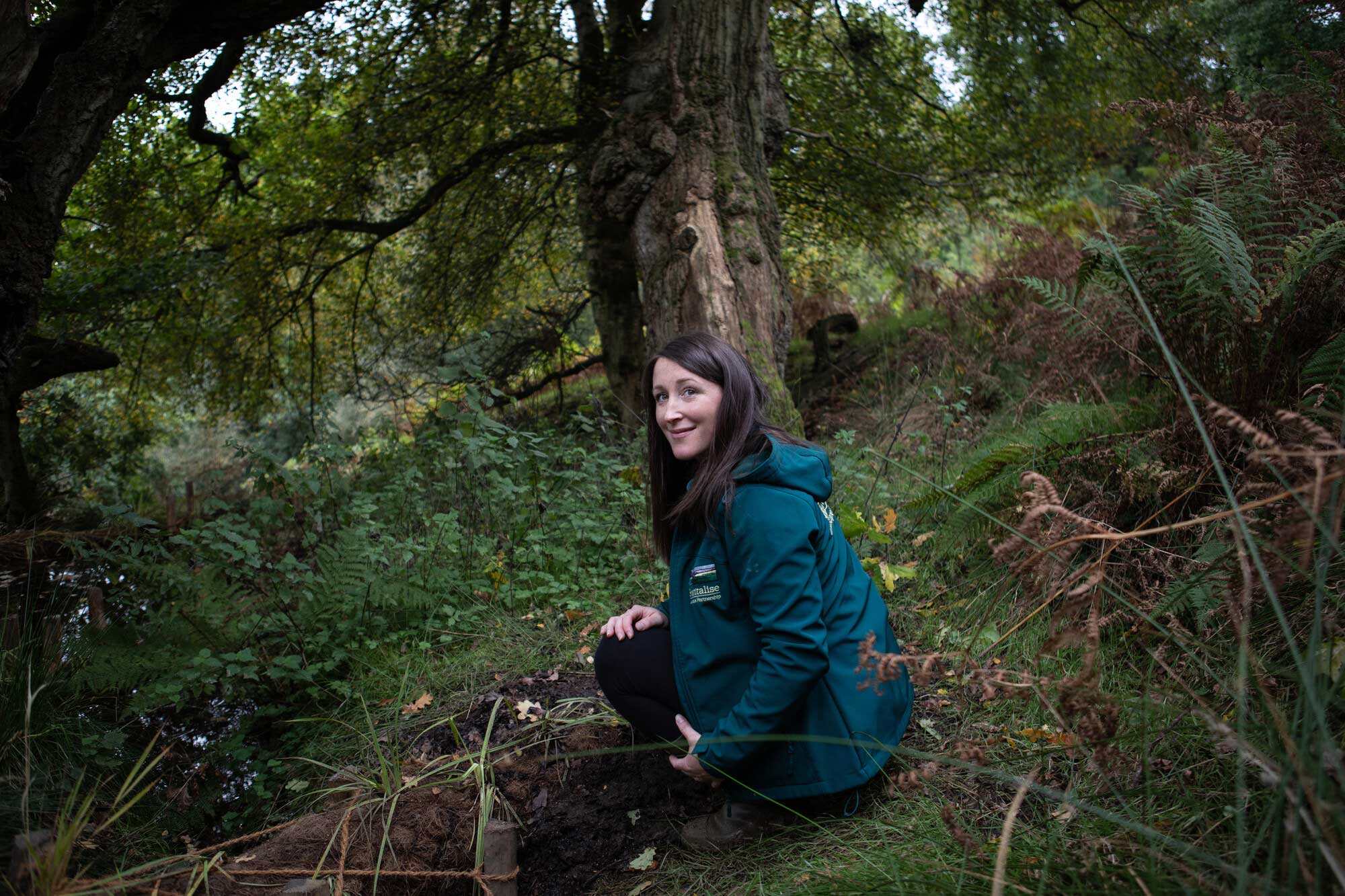
Please say a little bit about your background and how you first got into nature conservation?
My first taste of the world of conservation was at a local nature reserve in the heart of York. Initially, I volunteered my time and was soon inspired by those I worked with to pursue a career in habitat management and restoration.
I have since travelled all over England gaining experience in conservation-based jobs. My travels have given me a broader knowledge, more than I ever expected and I only recently moved into a more specialised role in river restoration.
This new role has been a great platform in which to gain a deeper understanding of the complexities of river catchments, working with land managers, farmers, specialists and volunteers with a shared goal of water quality and habitat improvement both in the river and the wider river catchment.
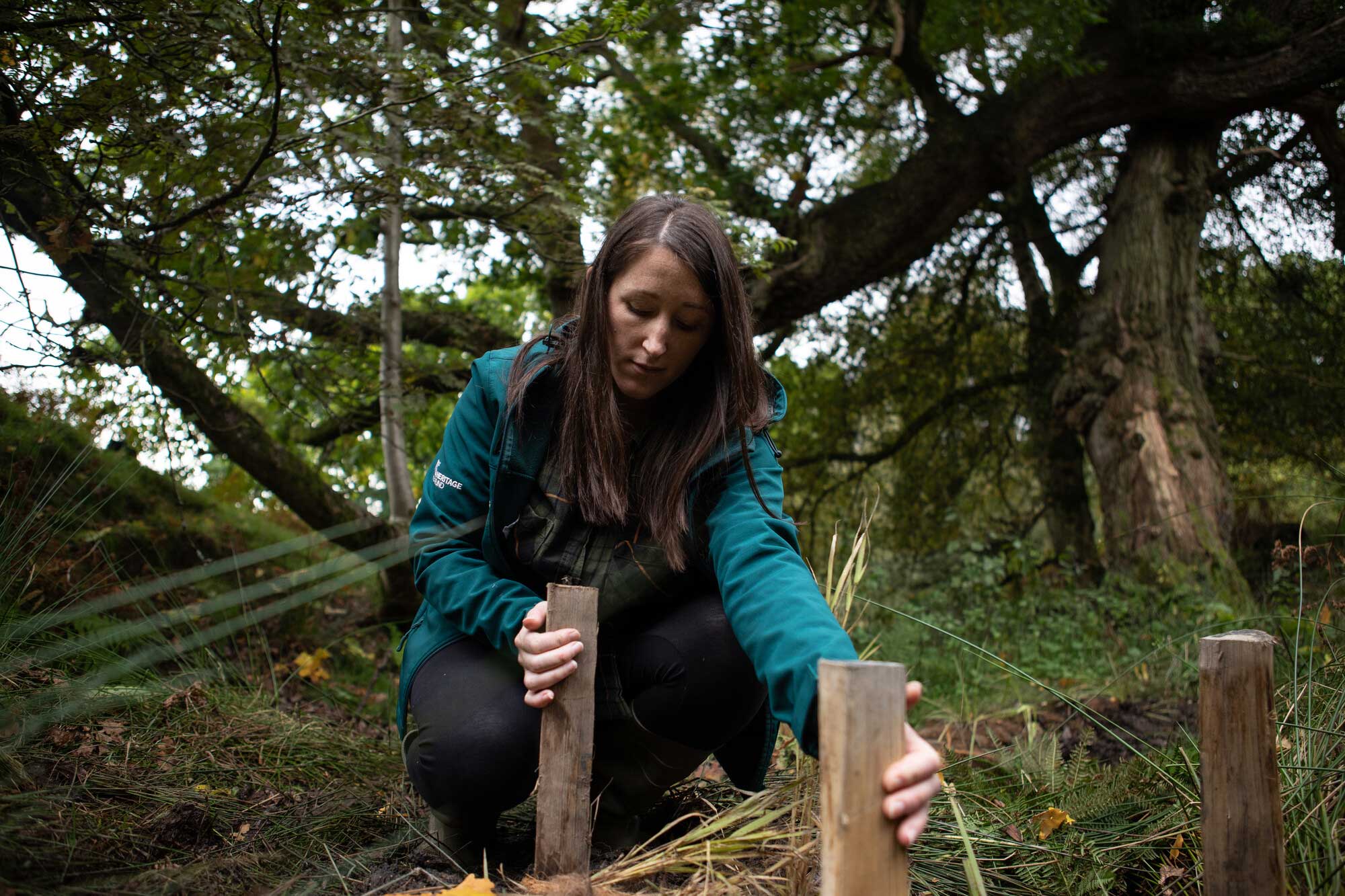
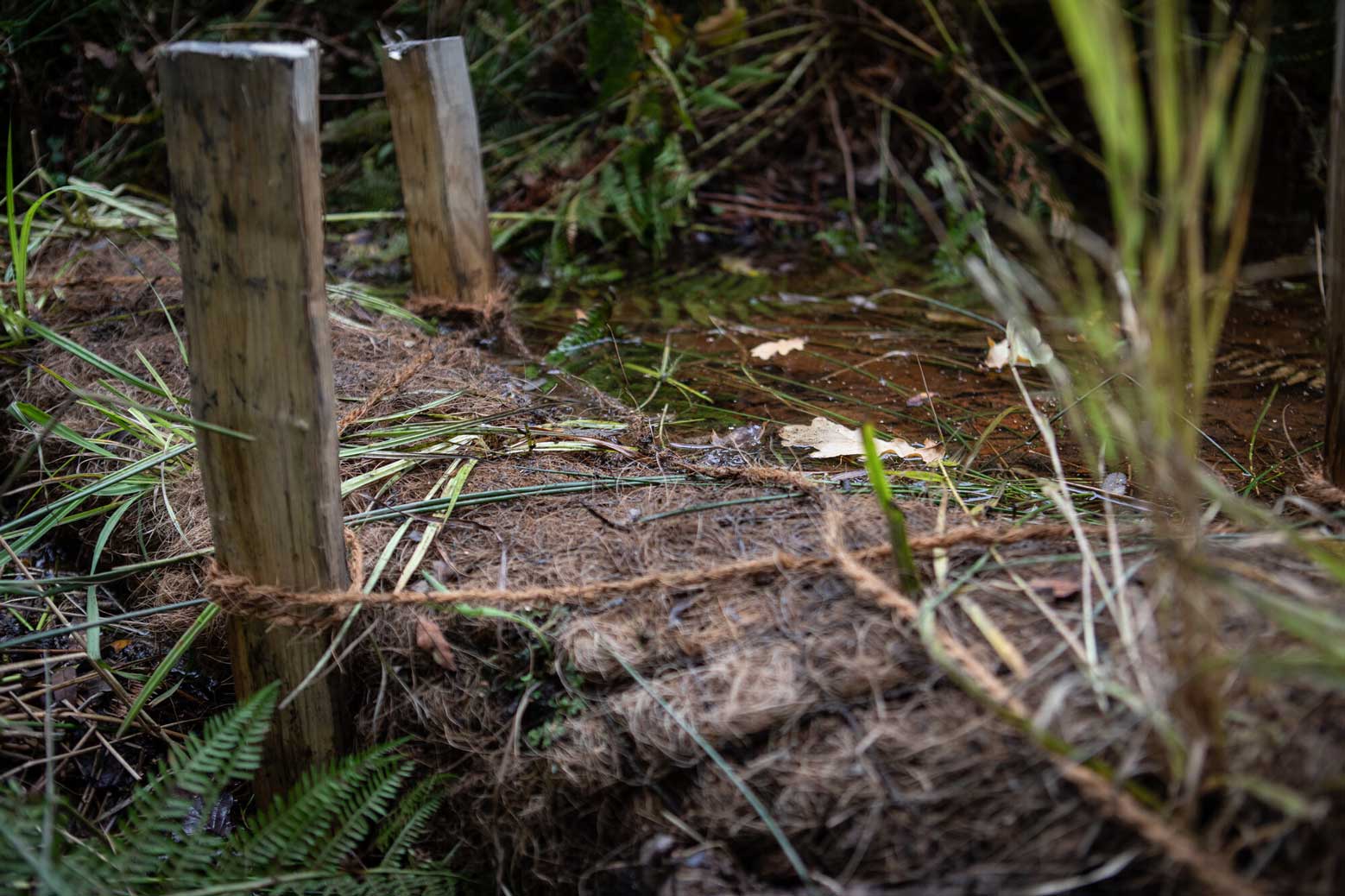
Do you have a particular memory of being out in nature that stands out for you?
I used to manage countryside properties for the National Trust, much of which was chalk and limestone grassland. I remember a clear June day, immersing myself in the sounds and sights of nature thriving in an area where the previous winter volunteers and I had spent weeks clearing scrub and managing the grassland. Every time I smell wild marjoram or thyme I’m brought back to that moment.
I’ve also had a particularly enjoyable winter hedgelaying with volunteers in Bilsdale, teaching this traditional skill to others and experiencing a sense of vast space whilst looking out over a dramatic, winter valley landscape.
In the context of the climate crisis and increasing concerns towards the health of our planet, what continues to motivate you?
Exactly that! Everyone I work with is feeling a pressure to make changes within our environment. The health of our soils, dwindling habitats and the quality of our rivers are big concerns for me.
They are so essential for healthy and resilient ecosystems. Farmers in particular have a huge responsibility put on them as custodians of the land to find space for nature whilst keeping land productive and need lots of support. I am motivated every day to help with these issues within the landscape I work in.
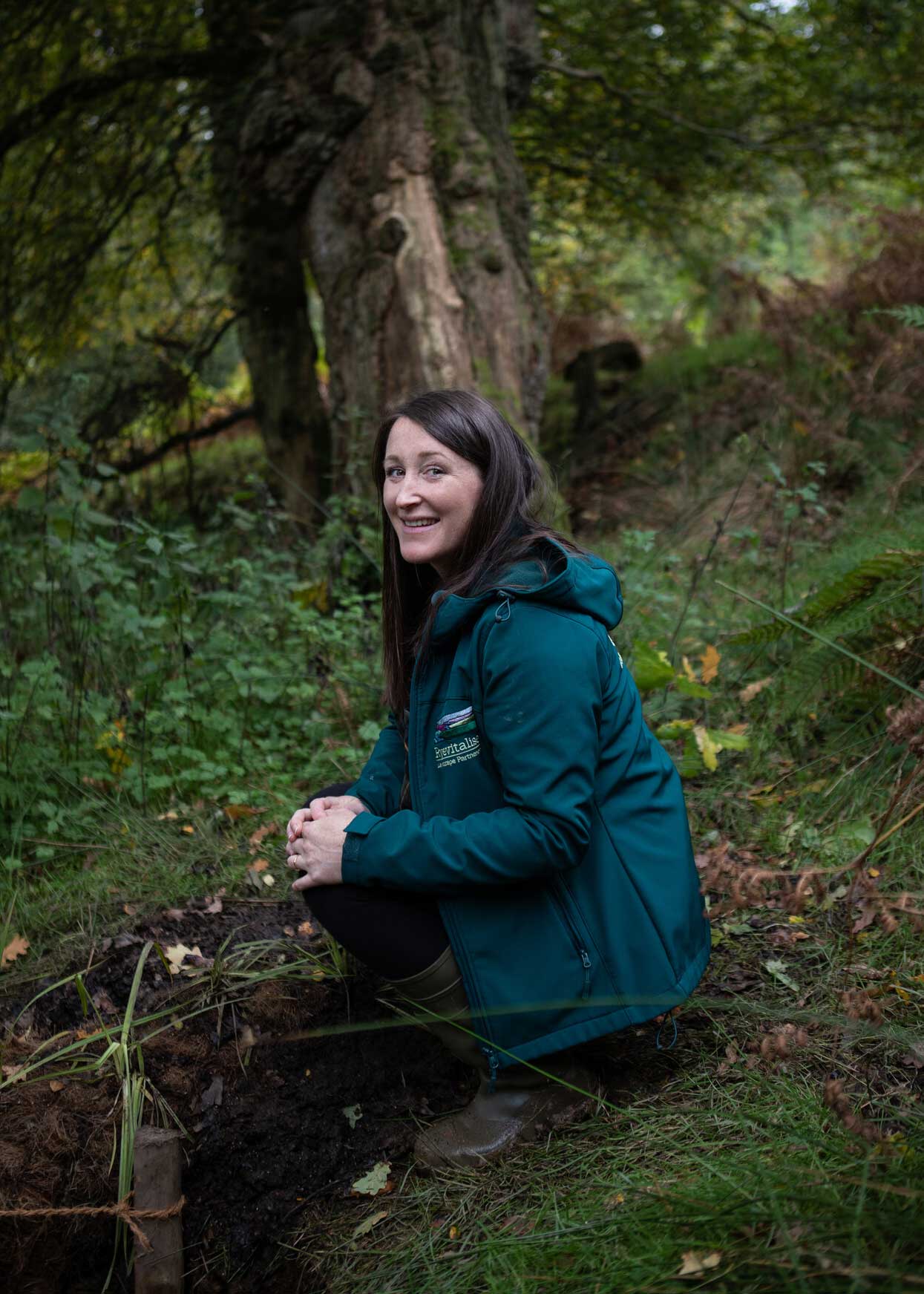
"Every time I smell wild marjoram or thyme I’m brought back to that moment."
Amongst the day-to-day challenges and responsibilities of work and family life, how do you think people can empower themselves to act in a way that supports nature?
Thinking of our environment and nature as part of our day-to-day lives comes from feeling a connection to the natural world. Getting out and about in the natural environment reminds us that more than people live on this planet.
Nature supports us through cleaning our air, our water, restoring our soil and pollinating our crops. We can support nature by creating, conserving and restoring habitat, no matter how small and by trying not to pollute our environment further.
Going back to river health, everyone has a part to play in thinking about what they use day-to-day that can make its way into our drains, sewerage and eventually our rivers. Household chemicals, pharmaceuticals and non-biodegradable products do not get filtered out before coming into contact with the natural environment.
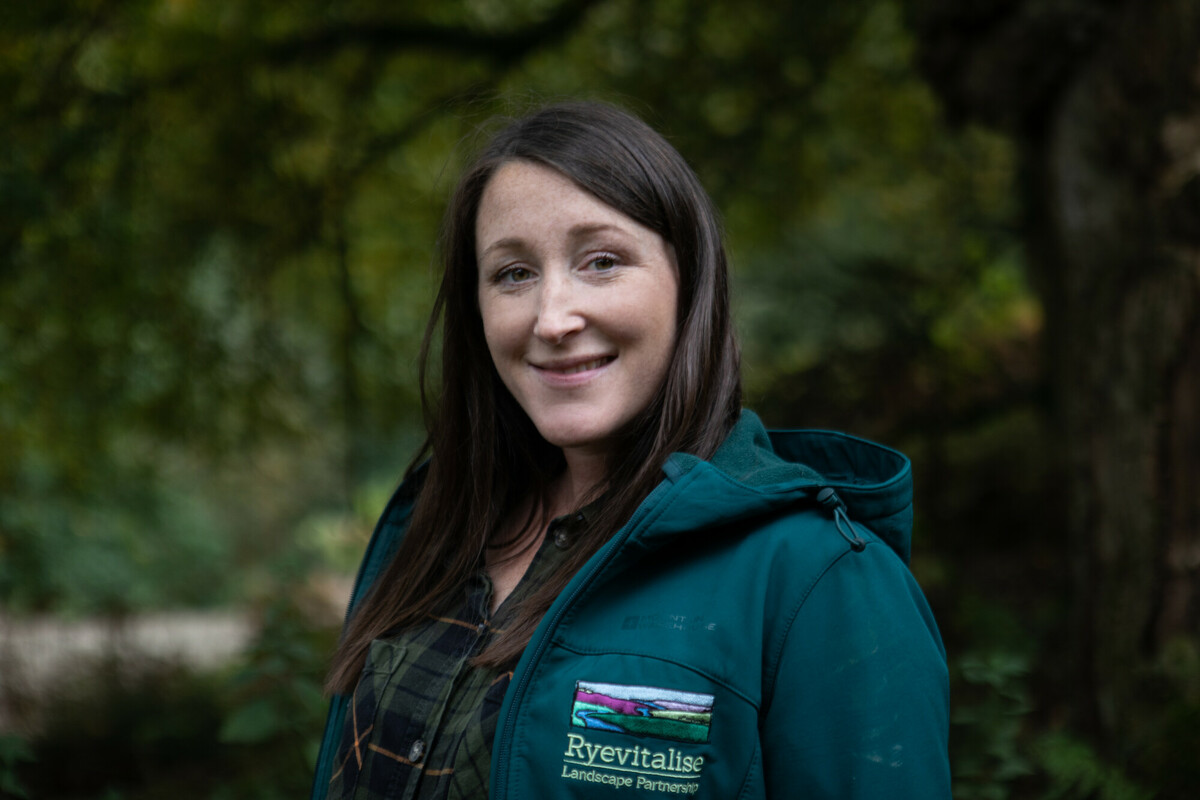
"Thinking of our environment and nature as part of our day-to-day lives comes from feeling a connection to the natural world. Getting out and about in the natural environment reminds us that more than people live on this planet."
Finally, why are landscape-scale projects, like Ryevitalise, so important?
Ecosystem restoration within rivers is only effective across an entire river catchment. The abundance and diversity of aquatic wildlife are directly affected by pollution and sediment input into the river, as well as physical barriers to fish passage and the introduction of invasive species.
To be able to effectively monitor and intervene, the whole catchment area needs to be accessible and relationships need to be built with those that work and live in the catchment to be able to understand and address the source of these issues.
Additionally, landscape-scale projects facilitate an oversight in where to link up habitat types, such as hedgerows, species-rich grassland and wetland habitats.
Connecting people to nature is a huge driver for the Ryevitalise project. If this river landscape is cared about and seen as relevant to people, it will be looked after for years to come.
Having a landscape-scale project allows us to reach a wider audience, develop a wider range of interesting projects and improve access to the catchment for people to enjoy nature in their own way.
About Ryevitalise
The Ryevitalise Landscape Partnership works together to energise local communities and volunteers, support farmers and welcome visitors from near and far to “conserve, enhance and restore the natural and cultural heritage of the area, enabling people to reconnect with the history, wildlife and landscapes of the River Rye and its tributaries.”
The scheme is made possible thanks to National Lottery Players and the National Lottery Heritage Fund.
